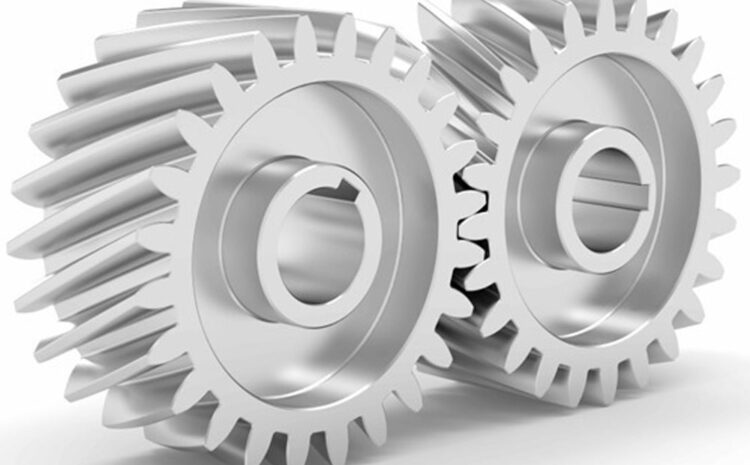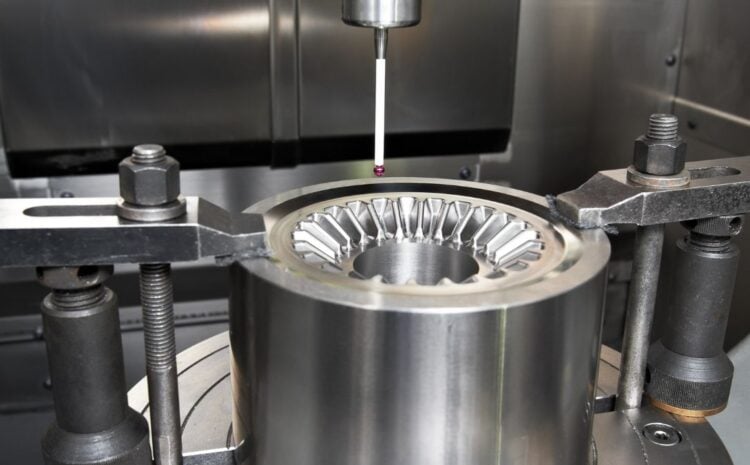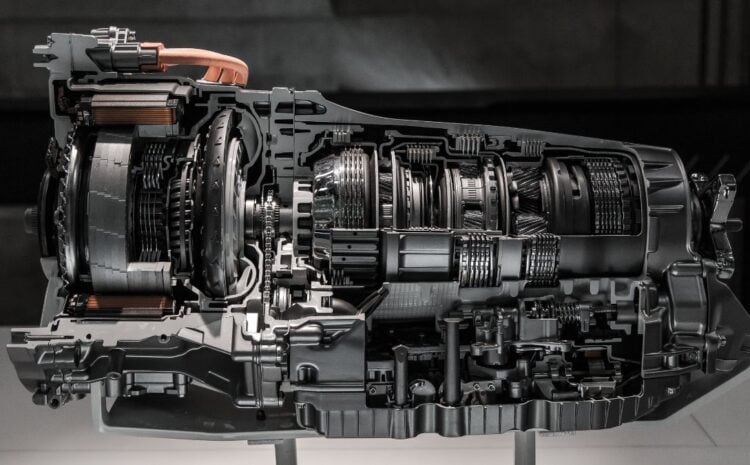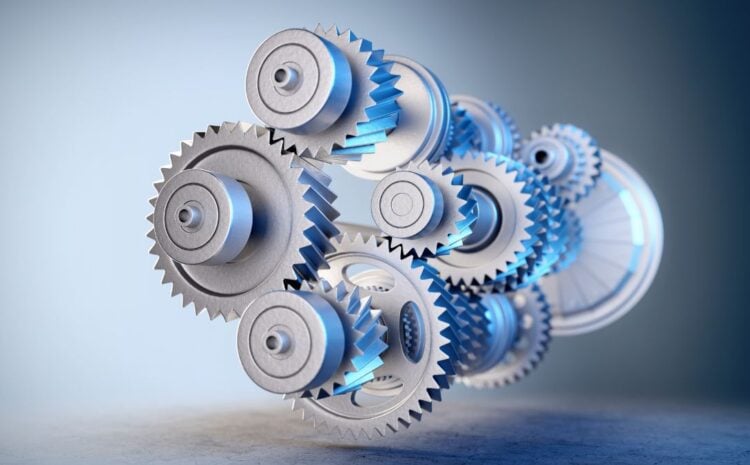Many mechanical systems, from toys to industrial machinery, depend on gears as key parts. Plastic is one material that has grown in popularity over time. We shall look at the benefits, drawbacks, and production of plastic gear in this article.
Pros of Plastic Gears
The affordability of plastic gear is one of their main benefits. They are a common option for applications where cost is a key consideration because they are less expensive to create than gears made of metal or other materials. It also has great strength-to-weight ratios and is lightweight. They are therefore perfect for uses that call for the usage of lightweight components.
Plastic gears also have the benefit of being silent in operation. It may run without making any noise or vibrations, in contrast to metal gears. As a result, they can be used in settings where noise reduction is important, like in appliances or medical equipment.
They can be used in difficult situations since they are corrosion- and chemical-resistant. They also self-lubricate, eliminating the requirement for extra lubricants, which can be expensive and necessitate regular maintenance.
Cons of Plastic Gears
Plastic gears’ limited capacity to carry loads is one of its main drawbacks. They can deform or fail under pressure and are not appropriate for high-load applications. Plastic gears cannot be used in situations with high loads because their carrying capacity is lower than that of metal gears.
Plastic gears’ poor heat resistance is another drawback. High temperatures can cause them to melt or deform, which restricts their use in high-temperature applications. In addition, plastic gears are less durable than metal ones and are more prone to deterioration.
Manufacturing Plastic Gears
Plastic gears are produced using a variety of manufacturing processes, including as injection molding, extrusion, and machining.
Melted plastic is injected into a mold during the process of injection molding to produce the desired form. It is a productive and economical manufacturing process that enables the creation of high-precision, high-quality plastic gears in huge quantities.
Plastic is pushed through a die during the extrusion process to produce a continuous profile or form. This method is suitable for gear manufacturing that requires a consistent cross-section and a square shape.
The process of machining entails shaping the plastic to the required size and shape using cutting tools. It can create gears of exceptional accuracy and quality and is more precise than injection molding or extrusion.
Advantages and Disadvantages of Different Types of Plastic
Plastic gears are made from a variety of plastic kinds, each of which has advantages and drawbacks. Acetal, nylon, and polycarbonate are a few of the forms of plastic that are frequently utilized.
- Acetal is a kind of plastic that works well in gears because of its superior mechanical qualities. Moreover, it is corrosion, chemical, and moisture-resistant. Acetal gears, on the other hand, are less heat resistant than nylon or polycarbonate gears.
- Nylon is a type of plastic that possesses high impact resistance and wear resistance, making it suitable for use in high-stress applications. Moreover, it self-lubricates, minimizing the requirement for extra lubrication. However, compared to acetal or polycarbonate gears, nylon gears have less dimensional stability.
- Polycarbonate is a type of plastic that possesses high heat resistance and excellent dimensional stability, making it suitable for use in high-temperature applications. It also has outstanding wear resistance and impact resistance. Yet the cost of polycarbonate gears is higher than that of acetal or nylon gears.
Conclusion
Plastic gears are a suitable solution for multiple applications across numerous sectors because of their many benefits. They are a well-liked option for a variety of applications, such as medical equipment, consumer electronics, and automotive systems, because of their lightweight qualities, low noise and vibration, and corrosion resistance. However, they are inappropriate for several applications due to their restricted load and temperature range, as well as their propensity to wear out more quickly than metallic gears.
Despite these drawbacks, plastic gears are still a common option since they are less expensive and easier to manufacture than metallic gears. High-performance plastic gears that can bear modest loads are now being produced thanks to advancements in plastic gear technology, and new materials are being created that will increase their temperature range and wear resistance. They are anticipated to be an important part of many mechanical systems for years to come with continued study and development.



